The Spy Who Came In From The Cold (1965)
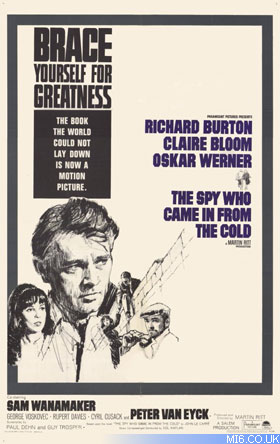
|
|
Synopsis
After being pulled from active duty, spy Alec Leamas
is offered up as bait for snooping Soviet agents. Soon, Leamas
is recruited to East Berlin and out of his depth and without
backup, he is convinced he has become no more than a pawn
in a bureaucratic game. Convinced of his ill worth, Leamas
gives up his identity, and what's left of his life, in a Soviet
court to save a curious damsel with whom he has fallen in love.
Vital Statistics
Studio: Paramount Pictures
Running Time: 112 min
Released: 16th December 1966
Production
Directed by: Martin Ritt
Produced by: Martin Ritt
Written by: Paul Dehn, Guy Trosper
Music by: Sol Kaplan
Cinematography by: Oswald Morris
Production Design by: Tambi Larsen, Hal Pereira
 Buy DVD (Amazon USA) Buy DVD (Amazon USA)
 Buy DVD (Amazon UK) Buy DVD (Amazon UK)
|
"What the hell do you think spies are? Moral philosophers measuring everything they do against the word of God or Karl Marx? They're not! They're just a bunch of seedy, squalid bastards like me..." - Alec Leamas
Cast & Characters
Locations
West Berlin, Germany; London, UK; East Berlin, Germany.
Trivia
Besides a change in the character name, from Liz Gold to Nan Perry, the film follows the Le Carré book strictly. The change was made to avoid allusions to Burton's real-world wife, Elizabeth Taylor.
Title
After years spent running agents and missions over the Berlin wall and into Soviet Russia, Learmas is seemingly withdrawn from duty. "Coming in from the cold", in this case, means retiring from the desolate, alienated life of a spy. In actual fact, Learmas is left to the wolves and British Intelligence desire for the old spymaster to be picked up by the Russians and work inside the Iron Curtain - in the cold - once again.
The Bond Connection
Learmas is a burnt-out agent of the Cold War period and struggling to keep his wits about him as the espionage trade becomes more poised and analytical. He locks horns with agents on both sides and much like 007, Learmas is his own man, with unorthodox but effective skills. On this mission, Alec Learmas is left to his own devices and his superiors simply do not expect his return.
Right: Welsh star Richard Burton relaxes between takes. |
|
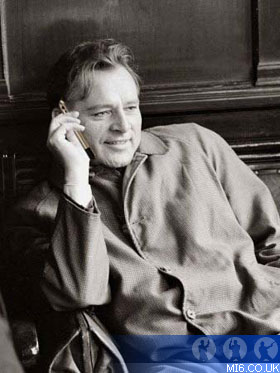
|
Production Notes
With the blessing of Le Carré, Martin Ritt assembled a talented production team to craft this gritty spy-drama. When the time came for production on "Spy", Ritt had only recently got through a series of investigations into his association with Communists. Red terror in America was at its height in the late 1950s and Ritt survived many unfounded accusations before the bad publicity and various claims had the up-and-coming director blacklisted from the Television industry. In some ways the plot of "The Spy Who Came In From The Cold" was to echo Ritt's experiences, if only on a superficial level.
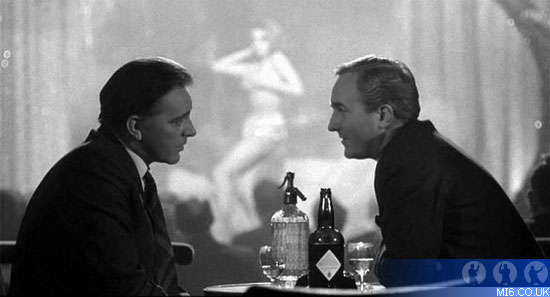
Above: Alec Learmas is propositioned by a Soviet representative.
|
Ritt appointed Paul Dehn, a screenwriter who had begun his career in the film industry as a review author before getting the opportunity to script the thriller "Sven Days To Noon". Dehn won an Academy Award for his work on this film and was immediately in hot demand. Prior to "Spy", Dehn was to script Guy Hamilton's first James Bond adventure, the memorable "Goldfinger" (1965) before being picked up to work with Ritt and his team. To Dehn, 007 may have seemed somewhat frivolous compared with the moody and serious Cold War drama he was now faced with.
On the back of a successful string of films which included "Ice Palace", "The Longest Day" and a screen adaptation of his famed Broadway role, "Hamlet", Richard Burton signed on to this memorable spy drama. The cast was fleshed out with talent, in the forms of Clare Bloom ("Limelight" / "Look Back In Anger") and Oskar Werner - who won a Golden Globe for Best Supporting Actor in this picture.
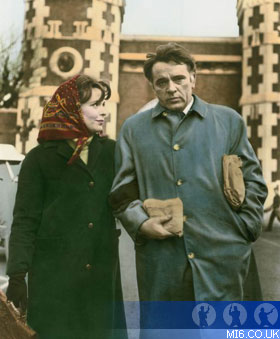
Above: In a rare colourised still,
Leamas is met by the lovely Nan Perry when his is released
from
prison.
|
|
"The Spy Who Came In From The Cold" was shot at Ardmore Studios in Ireland as well as Shepperton in Surry, UK during the summer of 1965. Director Ritt made the daring choice to shoot the entire film in black and white - despite a surge of bright colours becoming the trend in clothing, design and movies of the 1960s. The black and white, grainy footage signals a departure from the slew of spy-fiction being committed to celluloid in the 1960s.
The film attempted to remain as faithful to Le Carré's novel as possible, swapping only minor details whilst keeping loyal to its author. One this that was downplayed was Liz Gold's (renamed Nan Perry in the film) Jewish heritage and her struggle living in "mother Russia" due to a common anti-Semitic attitude in Soviet Russia during the period. The meaning of the title is curiously left largely unsaid in the film after a line from Control is cut making reference to "coming in from the cold." |
The film opened in America jus prior to Christmas 1965 but had its official "premiere" in London on 13th January 1966. The film was met with substantial acclaim, which was echoed again by modern critics when the film was released on DVD in 2004.
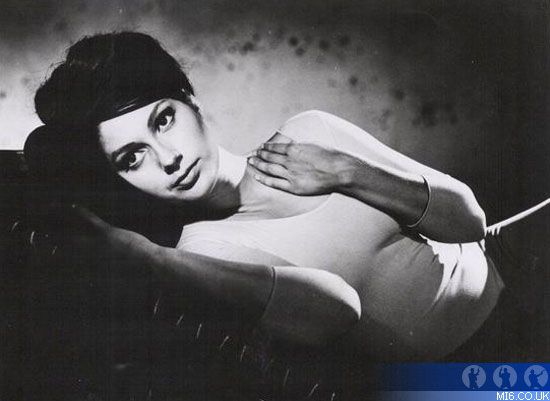
Above: Claire Bloom as the lovely Nan Perry.
|
Capsule Reviews
"Other fictional spies operate with such dash and flair that the erosion of the spirit is submerged in picturesque exploits and intricate technology. Not so in this adaptation of John le Carre's novel in which Richard Burton 'comes in from the cold' - meaning the field operations - only to find himself used as a pawn in high-level counter-plotting." - Variety
"John Le Carré's novel about betrayal and disillusionment in the world of East/West espionage is treated with intelligence and a disarming lack of sentimentality or moralising, while Burton gives one of his best screen performances as the spy out to get even with an East German counterpart." - Time Out
Related Articles
 Beyond Bond Index
Beyond Bond Index